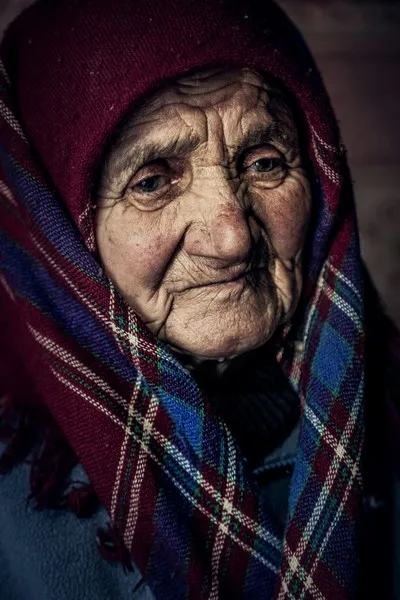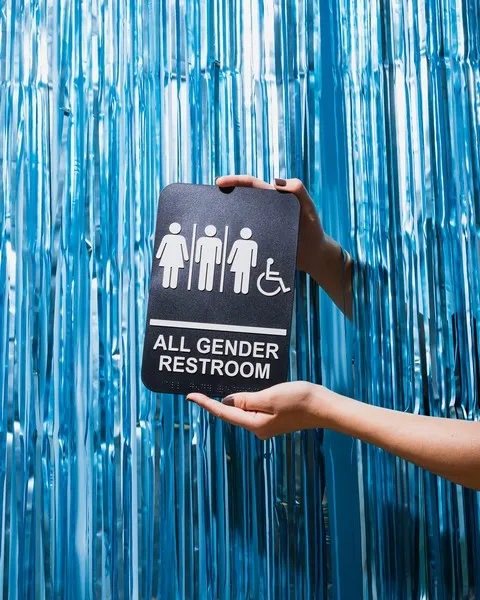Table of Contents
- Introduction
- The Emergence of the Manosphere
- Core Ideologies of the Manosphere
- Subcultures Within the Manosphere
- Sociological Significance
- Educational Implications
- Conclusion
Introduction
The term “manosphere” refers to a loosely connected network of online communities, websites, forums, and social media spaces where various ideas about masculinity, gender roles, and male identity are debated and promoted. Though diverse in scope and tone, the manosphere is unified by its critical stance toward feminism and its emphasis on the challenges that men face in modern societies. From a sociological perspective, the manosphere is not merely a digital subculture—it is a revealing case study in contemporary gender relations, identity politics, and the shifting terrain of social power.
This article introduces the concept of the manosphere, examines its key ideological pillars, explores its various subcultures, and evaluates its sociological significance within the broader framework of gender and digital culture studies. It also considers the implications of these developments for education, identity formation, and online radicalization.
The Emergence of the Manosphere
The manosphere began to coalesce in the early 2000s, partly in response to the visibility and successes of feminist movements and the concurrent rise of online platforms that allowed alternative gender discourses to flourish. It is not a single movement with a centralized ideology but rather a constellation of digital spaces—blogs, Reddit threads, YouTube channels, podcasts, and Twitter/X accounts—where competing and overlapping narratives about manhood proliferate. These spaces often claim to offer a refuge for men who feel alienated by what they perceive to be an increasingly feminized and misandrist society.
Historical Context
- The rise of second-wave feminism in the 1960s and 1970s led to new discussions around patriarchy, gender equality, and women’s rights, reshaping public discourse on gender.
- By the late 20th century, some men perceived these cultural and political shifts as diminishing their social roles, economic authority, and familial legitimacy.
- The digital revolution, particularly the rise of Web 2.0, provided a platform for the growth of counter-narratives. Men who felt disempowered could now congregate virtually, sharing grievances and experiences in ways that reinforced a shared sense of victimhood and exclusion.
- Broader structural changes, including deindustrialization, the decline of stable employment for working-class men, and evolving family norms, further contributed to a perceived crisis in male identity.
Core Ideologies of the Manosphere
Despite its diversity, the manosphere is generally structured around several interconnected ideological pillars that articulate a common worldview:
Anti-Feminism
One of the central threads in manosphere discourse is an oppositional stance toward feminism. This ranges from relatively moderate critiques of perceived excesses in contemporary feminist activism to more extreme views that frame feminism as a malevolent force responsible for societal decay. Feminism is frequently blamed for:
- The erosion of traditional family structures
- Rising divorce rates and custody losses for fathers
- The perceived marginalization of men in education and employment
In these narratives, feminism is not seen as a movement for gender equity but as a power grab by women at men’s expense.
Essentialist Views of Gender
The manosphere tends to promote biologically deterministic or essentialist understandings of gender. Men are portrayed as innately dominant, rational, and aggressive, while women are seen as emotional, irrational, and hypergamous (i.e., seeking mates with superior status). Such views serve to naturalize gender inequalities and resist sociological accounts of gender as a social construct.
Male Victimhood and Reverse Discrimination
Participants in the manosphere frequently articulate a narrative of male victimhood, emphasizing perceived systemic disadvantages faced by men. Common themes include:
- Family court systems allegedly favoring women
- The gender disparity in suicide rates and mental health challenges
- Disengagement of boys in formal education
- Legal vulnerabilities in sexual misconduct and harassment cases
These concerns are interpreted not through structural, intersectional, or policy-focused lenses, but as evidence of a society increasingly stacked against men.
Anti-Progressivism and Reactionary Traditionalism
The manosphere often aligns with socially conservative ideologies, calling for a return to traditional gender norms, patriarchal family structures, and cultural nationalism. It is deeply skeptical of liberal democratic values, progressive identity politics, multiculturalism, and LGBTQ+ inclusion, seeing these trends as signs of cultural decline and moral decay.
Subcultures Within the Manosphere
The manosphere is a multifaceted and internally differentiated phenomenon. Several prominent subcultures coexist, sometimes overlapping and at other times engaging in conflict.
Men’s Rights Activists (MRAs)
Get the full article AD FREE. Join now for full access to all premium articles.
View Plans & Subscribe Already a member? Log in.





